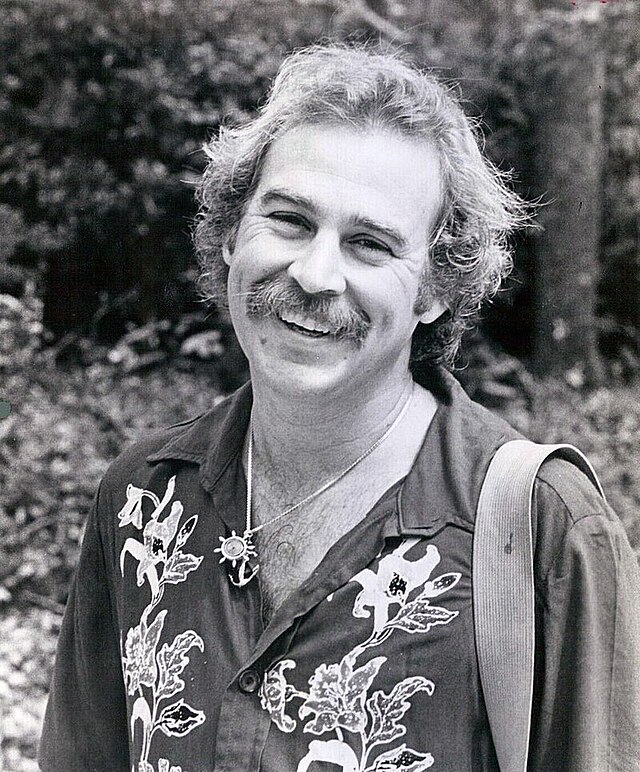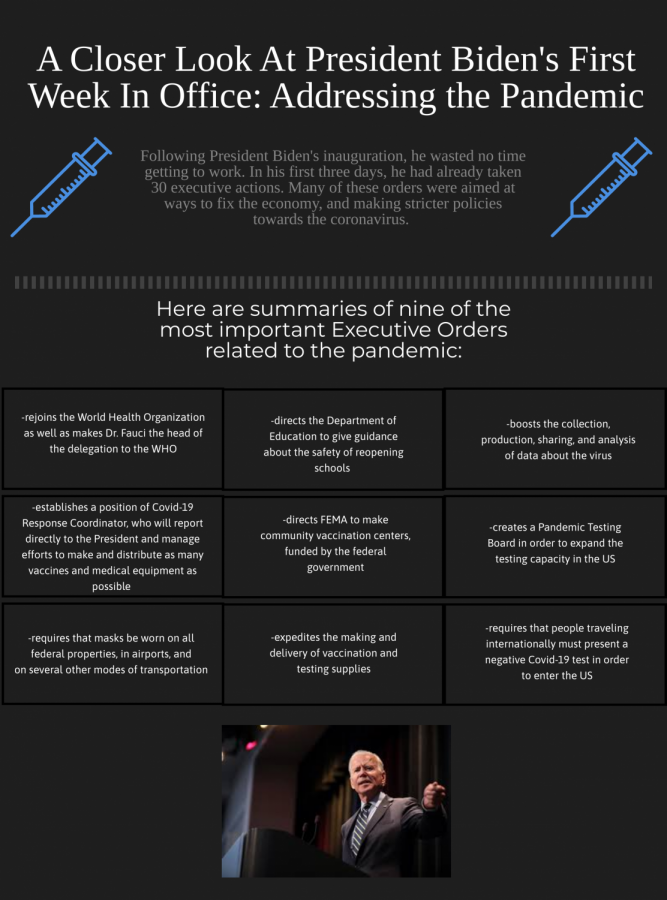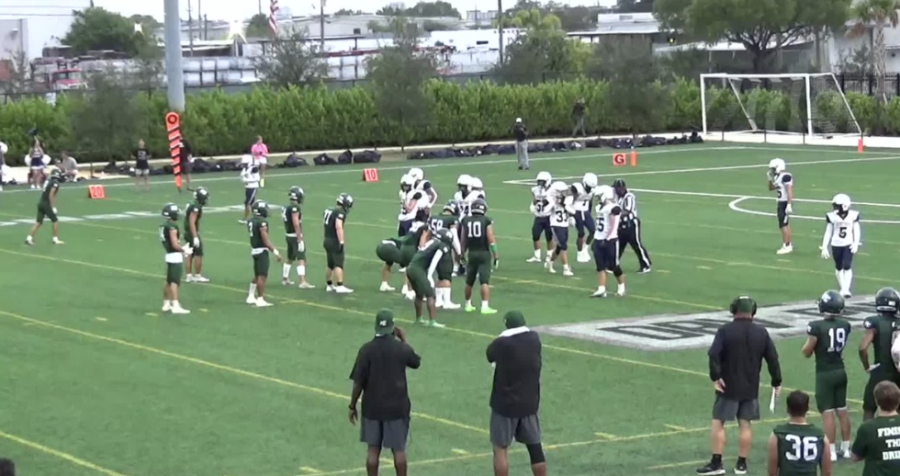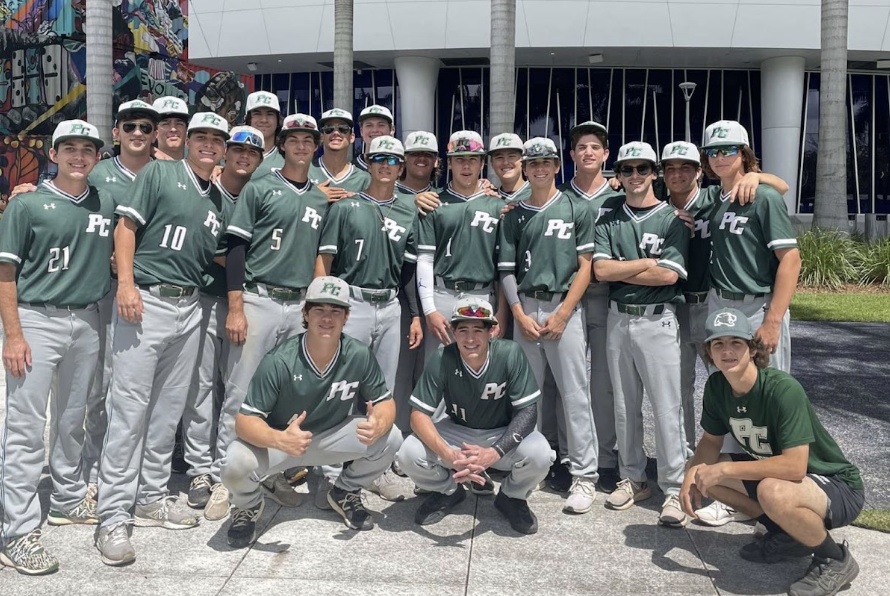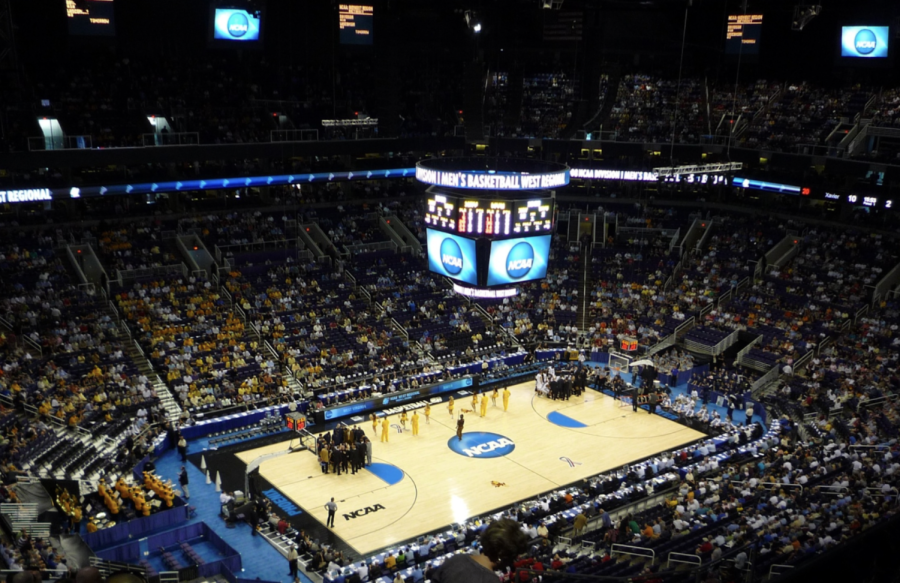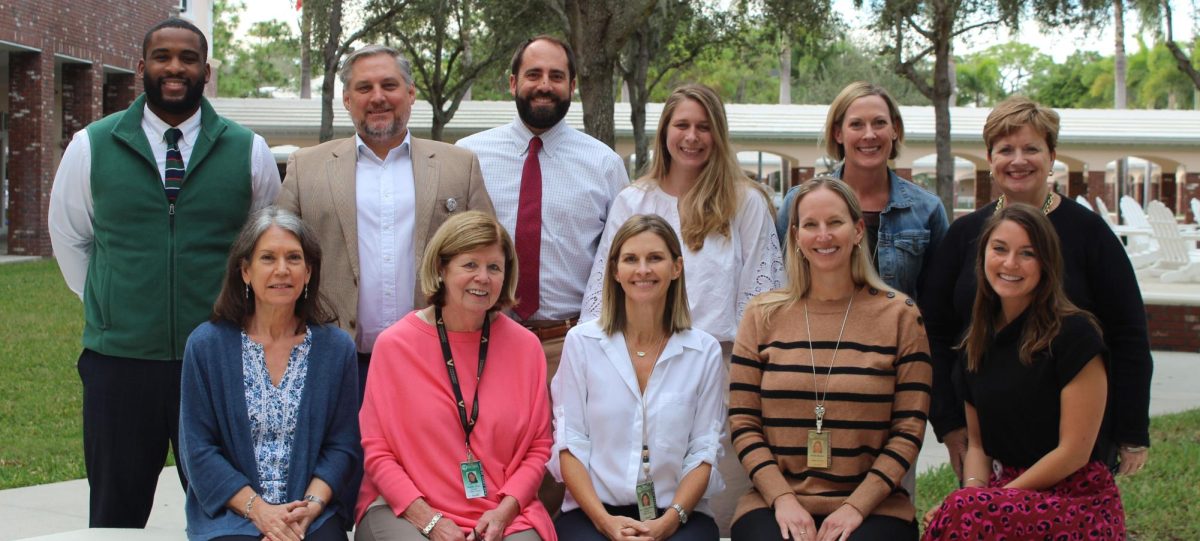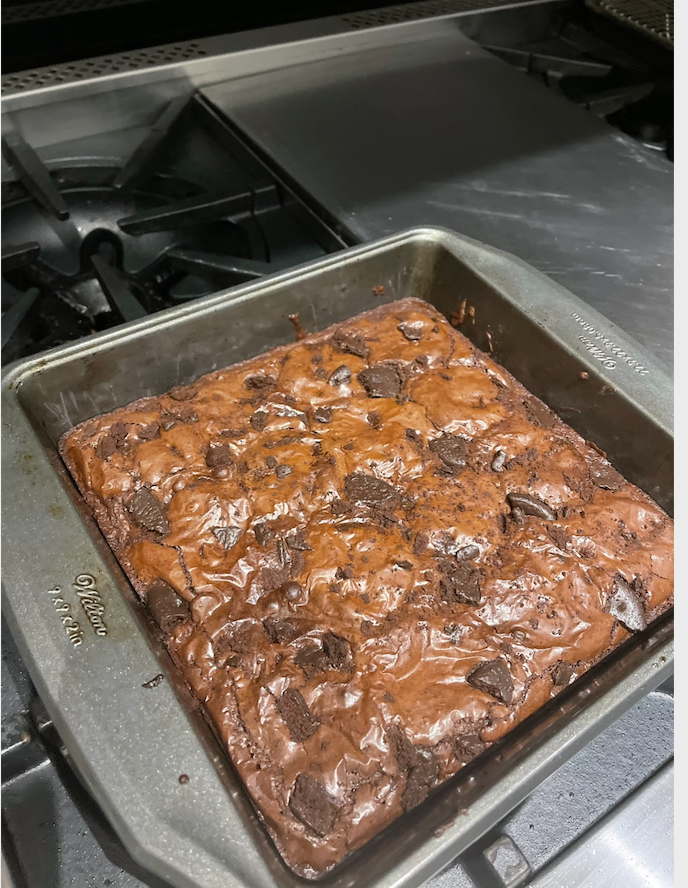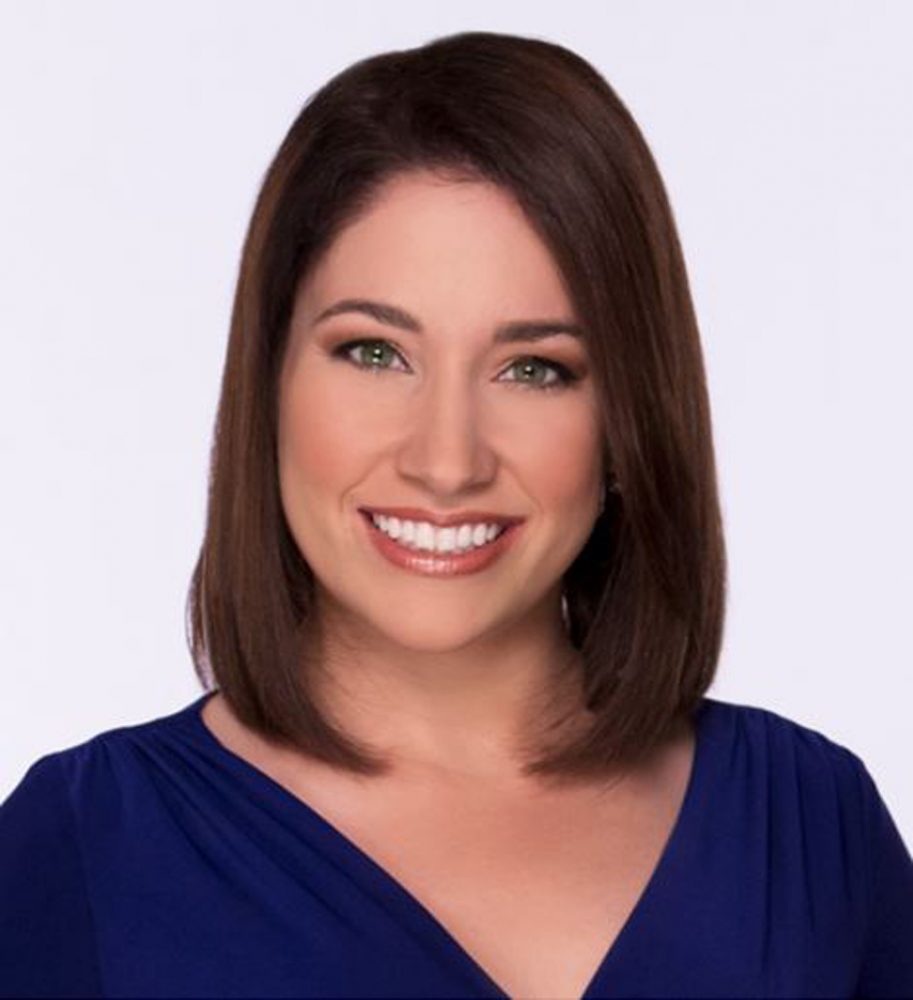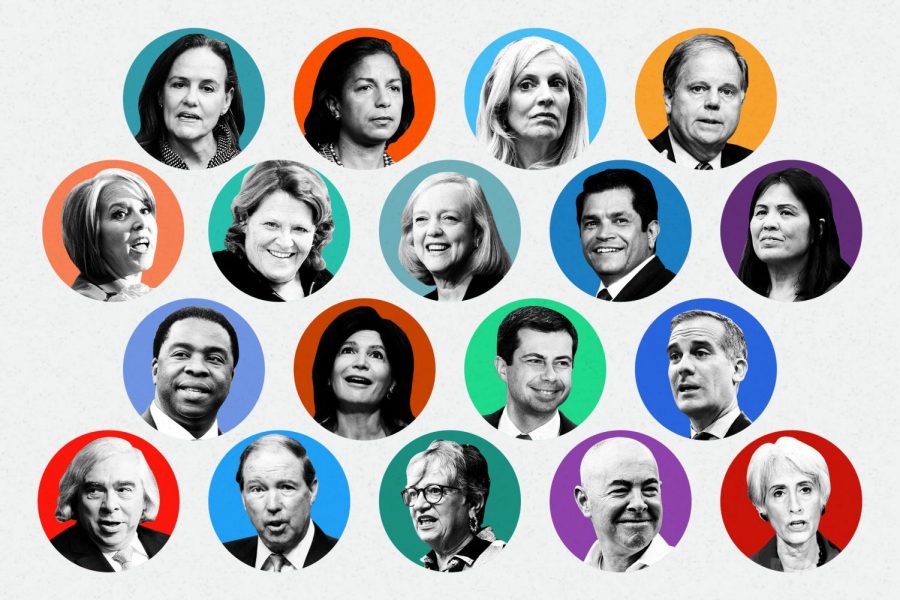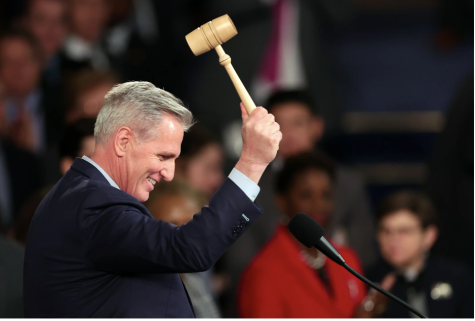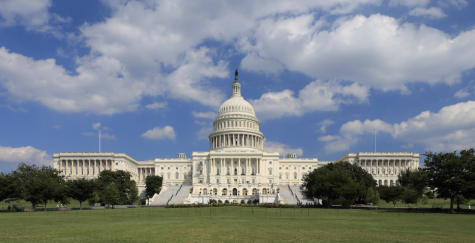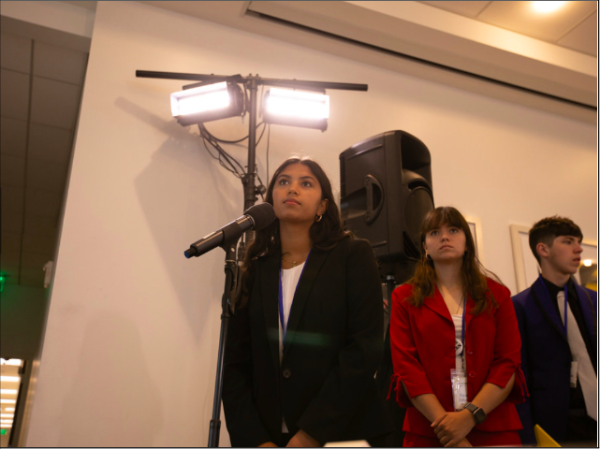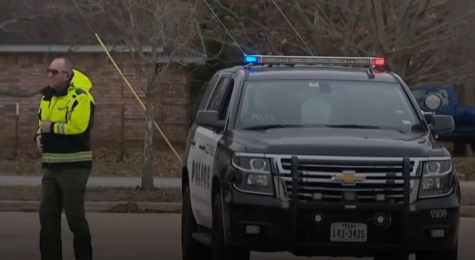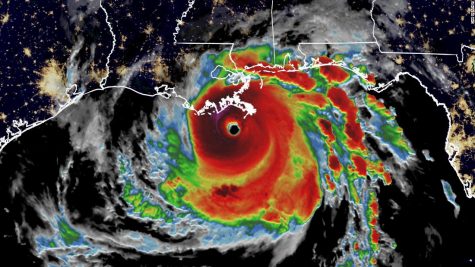The President’s Cabinet 101
The presidential cabinet has always been regarded as a hot topic for whenever a new President comes into office. People become curious about who the President will be handpicking for each position, and the topic begins to appear on multiple headlines around the time of Inauguration Day. But what exactly is the presidential cabinet? What does the cabinet actually do?
The President has a lot of responsibilities, and their tasks are near-impossible to do alone. Since the time of George Washington’s original four-member cabinet, each president has formed their own cabinet to help them with their presidential duties.
Members of the cabinet are appointed by the President and confirmed by the Senate. There are 23 members, including the Vice President, who fulfill their roles to “advise the president on any subject they may require relating to the duties of each member’s respective office”. Additionally, cabinet members cannot be a member of Congress or a sitting governor.
Cabinet members are also a part of the presidential line of succession in the event of incapacitation, death, resignation, or removal from office of the current president. Because of this policy, the entire cabinet is almost never at the same location. It is common procedure for one member of the cabinet to serve as the “designated survivor” in case the President, Vice President, and rest of the cabinet are killed.
Generally, the President meets with his/her/their cabinet once a week or every other week to hear their reports and suggestions on how to tackle problems within their respective area of expertise. They congregate in the Cabinet Room, located in the West Wing of the White House, and it is in this room that the President and his trusted advisors discuss critical foreign and domestic issues.
The cabinet’s members are the heads for the following government agencies: Agriculture, Commerce, Defense, Education, Energy, Interior, Justice, Labor, Health and Human Services, Homeland Security, Housing and Urban Development, State, Transportation, Treasury, and Veterans Affairs. Each of these heads is referred to as “Secretary”.
Aside from the heads of these agencies, the White House chief of staff, the Environmental Protection Agency administrator, the Office of Management & Budget director, the U.S. Trade Representative Ambassador, The U.S. Mission to the United Nations ambassador, the Council of Economic Advisers chairman, and the Small Business Administration administrator also hold cabinet positions.
On January 15th, President Joe Biden announced his selections for the science policy leadership positions for his administration. The science advisor position will have a seat in his Cabinet, something that is unprecedented in the history of science policy. President Biden chose geneticist Eric Lander as his science advisor and nominated him to serve as director of the White House Office of Science and Technology Policy. Biden also chose sociologist Alondra Nelson as the OSTP deputy director for science and society, which is an entirely new role.
The news of this expanding department in the White House has generated excitement in the scientific community for what the future of science in the United States will look like.
Sources:
https://ballotpedia.org/Joe_Biden%27s_Cabinet
https://www.npr.org/2020/11/17/933848488/biden-administration-heres-who-has-been-nominated

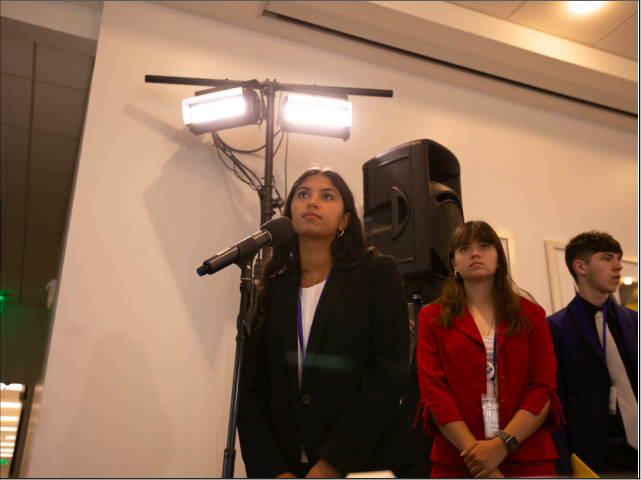







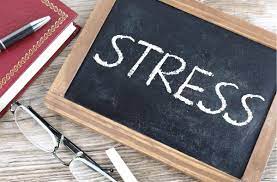
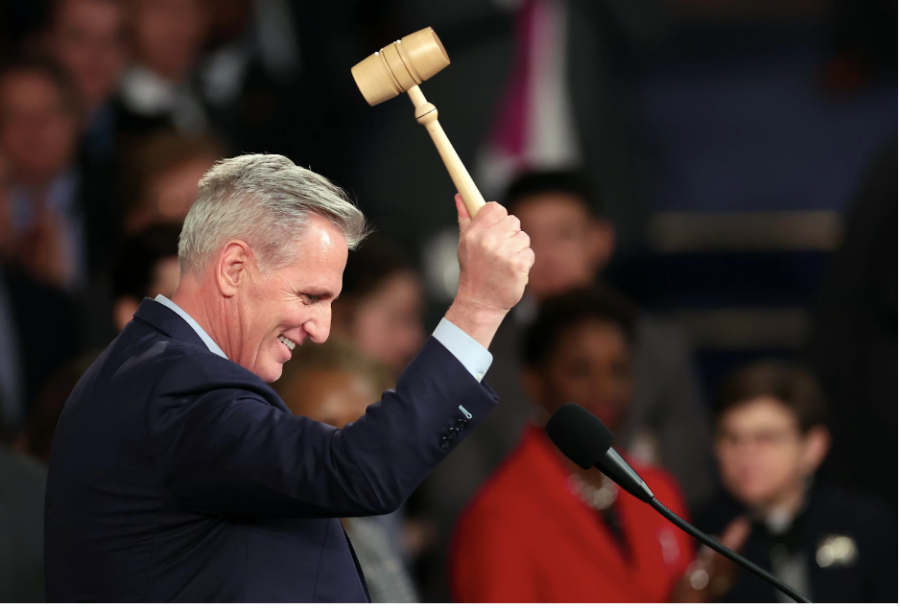
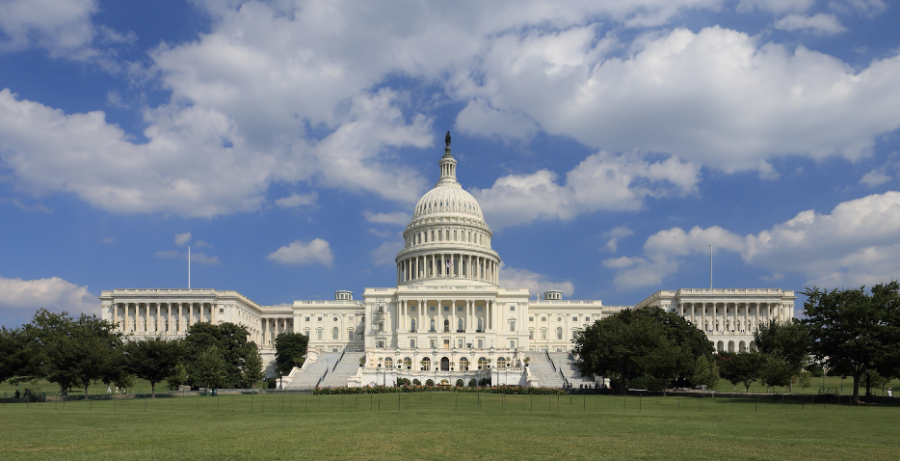
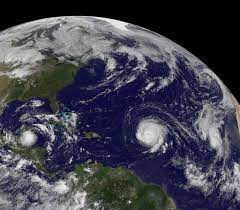

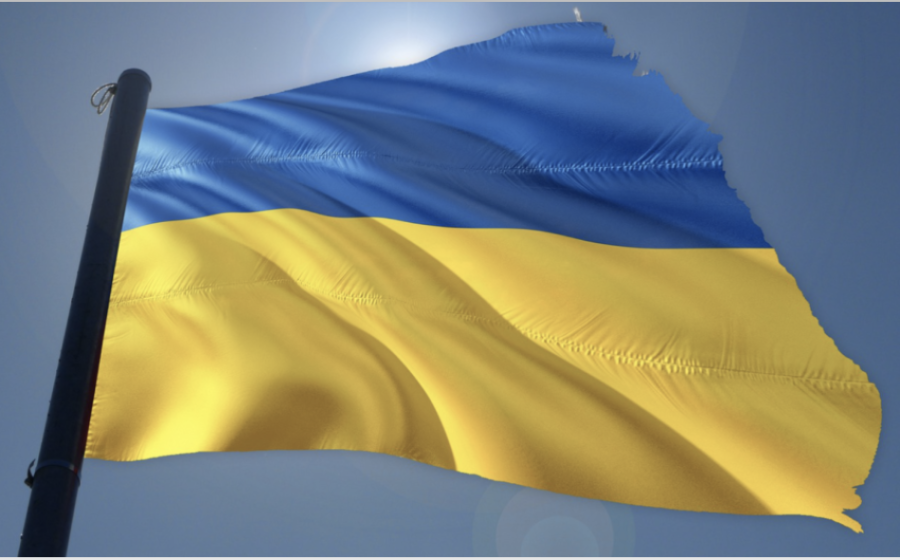


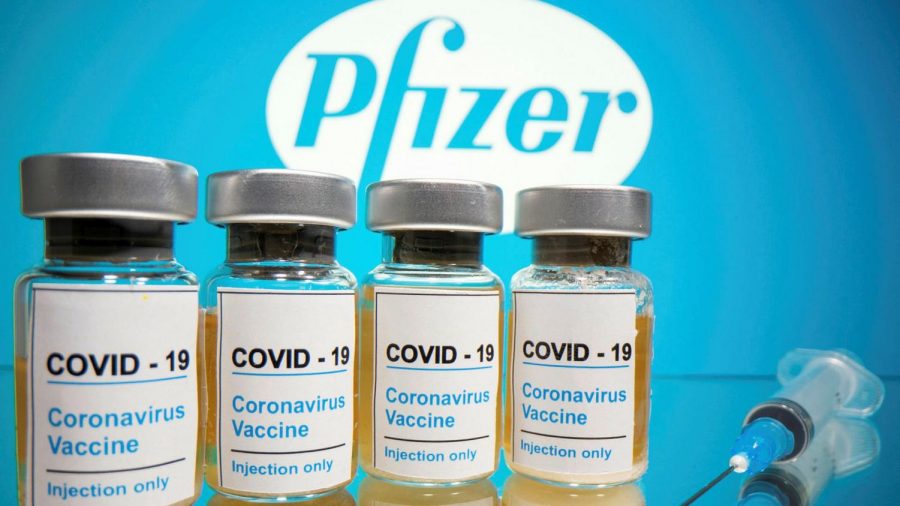
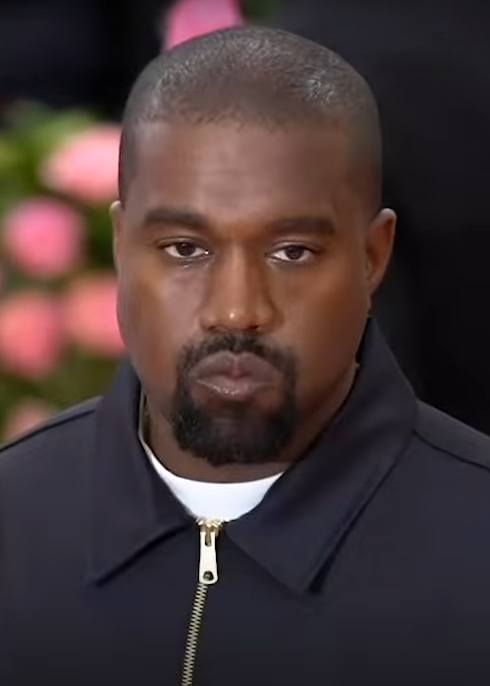

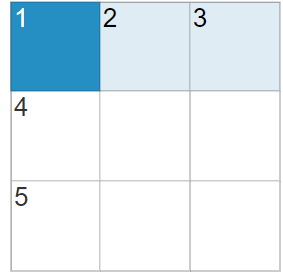










![Stranger Things 4: What to Expect [Warning: Contains Spoilers]](https://pcpawprint.com/wp-content/uploads/2021/11/StrangerThings4-900x473.jpeg)


